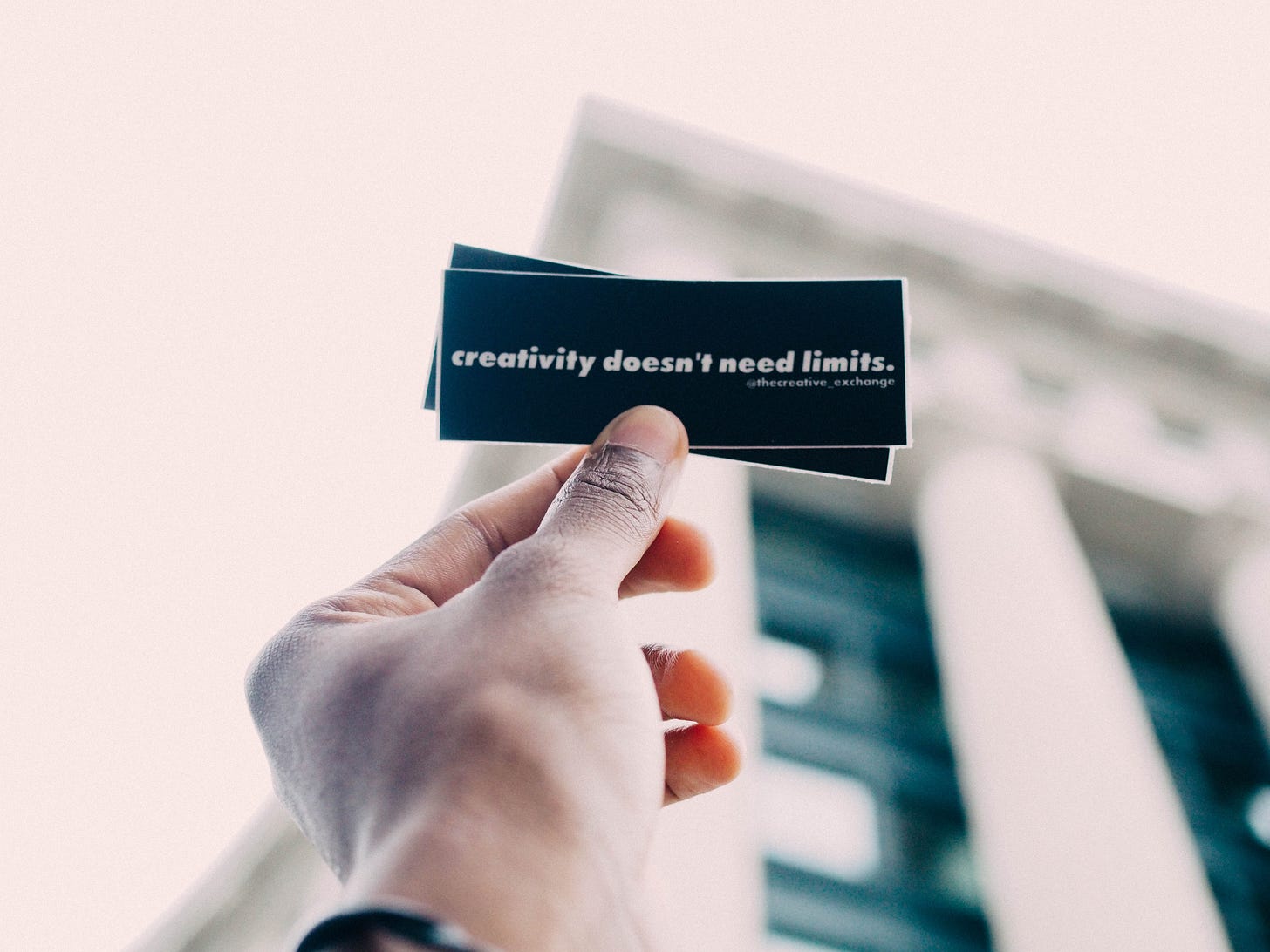Adopt Slow-Motion Multitasking For Unleashing Your Creativity
Multitasking can be good if it is applied intelligently.

In terms of productivity, it is often recommended not to practice multitasking. Indeed, carrying out several important tasks or projects at the same time would be penalizing since your brain loses precious time spending switching too frequently from one subject to another.
In fact, scientists advise to select one task and complete it in its entirety befo…
Keep reading with a 7-day free trial
Subscribe to Sylvain Saurel’s Newsletter to keep reading this post and get 7 days of free access to the full post archives.



